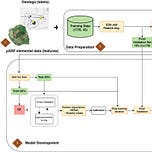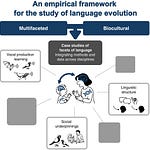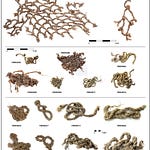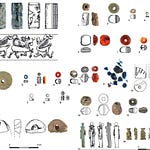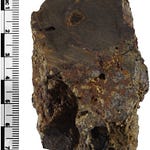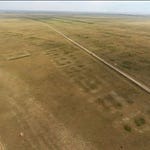Mapping the Prehistoric World with Algorithms
For most of the last century, the story of Europe’s Neolithic and Chalcolithic trade networks has been assembled the old-fashioned way: by chiseling through rocks, measuring trace elements, and hoping that a bead’s chemical whisper reveals where it came from. But the prized mineral variscite, that distinctive green stone carved into bracelets, beads, and pendants, has always been a trickier narrator than archaeologists wished. Its chemistry varies subtly from mine to mine, and those clues are easily blurred by weathering and ancient modification.

A new study1 led by Daniel Sánchez-Gómez at the University of Lisbon proposes a different narrator: machine learning. The team trained an explainable AI system on the largest compositional database ever assembled for variscite. More than 1,800 geological samples and 571 archaeological artifacts formed the backbone of a model capable of predicting the geological origin of prehistoric objects with 95 percent accuracy. In doing so, the researchers have redrawn Europe’s ancient exchange networks and challenged long-standing assumptions about where these vibrant green stones first appeared and how they moved.
“The capacity to classify a stone bead with the precision of a fingerprint brings archaeology closer to a truly global science of comparison,” says Dr. Helena Marques, a materials archaeologist at the University of Coimbra. “Each artifact becomes a datapoint in a continental-scale narrative.”
The new framework, VORTEX, offers not just answers but an entirely new vocabulary for understanding human movement, craft, and identity between the 6th and 2nd millennia BCE. And for a material so intimately tied to adornment and personal expression, these findings give us a clearer view of how communities stitched themselves into wider networks long before states or formal politics existed.
Listen to this episode with a 7-day free trial
Subscribe to Anthropology.net to listen to this post and get 7 days of free access to the full post archives.

